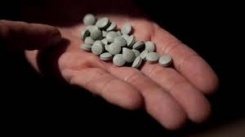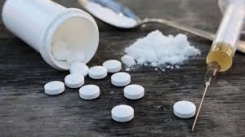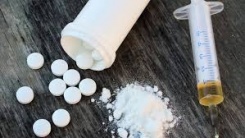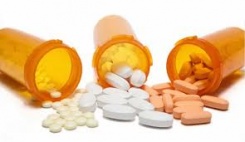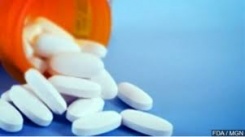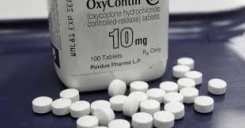Children of the Opioid Epidemic
JENNIFER EGAN
May 11, 2018
t was not until her third month of feeling unwell, in the fall of 2016, that Alicia thought to take an at-home pregnancy test. Until then, she assumed her fatigue and nausea were withdrawal symptoms from the Percocets she’d been dependent upon since the year before. “When some days you don’t get enough, you could definitely throw up or wake up feeling sick,” she told me. “It was easily confused with morning sickness.”
We really do have a solution to the opioid epidemic — and one state is showing it works
German Lopez
May 11, 2018
Addiction treatment providers are notoriously underpaid by health insurers across the US. That leads to big shortages in supply, because it makes it very difficult to start a sustainable addiction treatment facility. What Virginia did was use the big health plan it has control over — Medicaid, which covers low-income people — to boost reimbursement rates to addiction treatment providers.
WV pediatrician proposes new treatment, approach for decreasing number of drug-dependent newborns
TAKE CARE STAFF
May 11, 2018
West Virginia has been one of the hardest-hit states in the opioid epidemic, especially when it comes to neonatal abstinence syndrome -- a condition where addicted mothers give birth to drug-exposed babies.
"Take Care" spoke with Dr. Sean Loudin, pediatrician and neonatologist at Cabell Huntington Hospital in West Virginia and assistant professor at the Joan C. Edwards School of Medicine at Marshall University, regarding his research and efforts surrounding treating this growing problem.
Blue Cross and Blue Shield discourages using opioids as primary pain treatment
Alex Kacik
May 11, 2018
The Blue Cross and Blue Shield Association has adopted a new standard that opioids should not be the first or second treatment options to manage pain, mirroring guidelines set by the Centers for Disease Control and Prevention.In most cases, ibuprofen and acetaminophen can treat pain more effectively than opioids, said Dr. Trent Haywood, chief medical officer for the Blues association, which has about 106 million members.It's not an absolute decree.
An Opioid Crisis Foretold
The Editorial Board
April 23, 2018
Today’s opioid crisis is already the deadliest drug epidemic in American history. Opioid overdoses killed more than 45,000 people in the 12 months that ended in September, according to the Centers for Disease Control and Prevention. The epidemic is now responsible for nearly as many American deaths per year as AIDS was at the peak of that crisis.
Read more here: https://www.nytimes.com/2018/04/21/opinion/an-opioid-crisis-foretold.html
Children of the opioid crisis: one born every 15 minutes with drug withdrawal
Jack Graham
April 23, 2018
America’s opioid crisis is claiming the lives of more than 115 people every day, with a total economic burden on the nation of around $78.5bn per year.
Some of the lesser-known victims of this epidemic are new-born children. Thousands of infants are experiencing opioid withdrawal – neonatal abstinence syndrome (NAS) – which may lead to premature birth, seizures and even birth defects.
Why America’s Black Mothers and Babies Are in a Life-or-Death Crisis
Linda Villarosa
April 23, 2018
Black infants in America are now more than twice as likely to die as white infants — 11.3 per 1,000 black babies, compared with 4.9 per 1,000 white babies, according to the most recent government data — a racial disparity that is actually wider than in 1850, 15 years before the end of slavery, when most black women were considered chattel. In one year, that racial gap adds up to more than 4,000 lost black babies. Education and income offer little protection.


